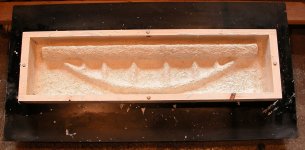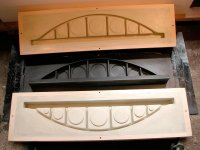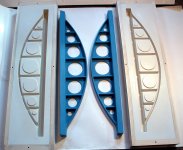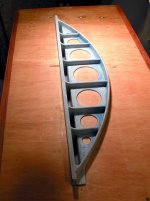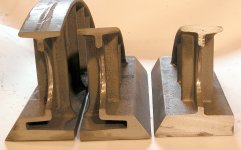Richard -
Thanks!
My straight edge castings seems to have been the kiss of death for foundries.
4 went out of business, sequentially, after casting my orders.

The last one, after i had made the lightweight cored patterns and they cast a few the first batch, I placed a larger order and left the patterns and rigging with them. They were a good foundry. Unfortunately they, too, went under, the courts put a lock on them, and i could not get the patterns back. Both sets of patterns were either destroyed or stolen. That was almost a decade ago. Time sure flies
As you might experience with yours, after the handling, rough machining, heat treat (thermal stabilization) and then packing for shipment, it was difficult to get inspired to do it all over again. I was a little ahead of the curve with the first SE's almost 30 years ago, and the market was slow; plus still a lot of inexpensive kit on eBay and flea markets. More people are into it, and the market might be a little better these days; still probably not real steady & there are more suppliers.
I handled one of the older King SE's your dad made at the scrape fest in Savannah, they are nice tools. IIRC, you got back into producing them yourself.
smt






